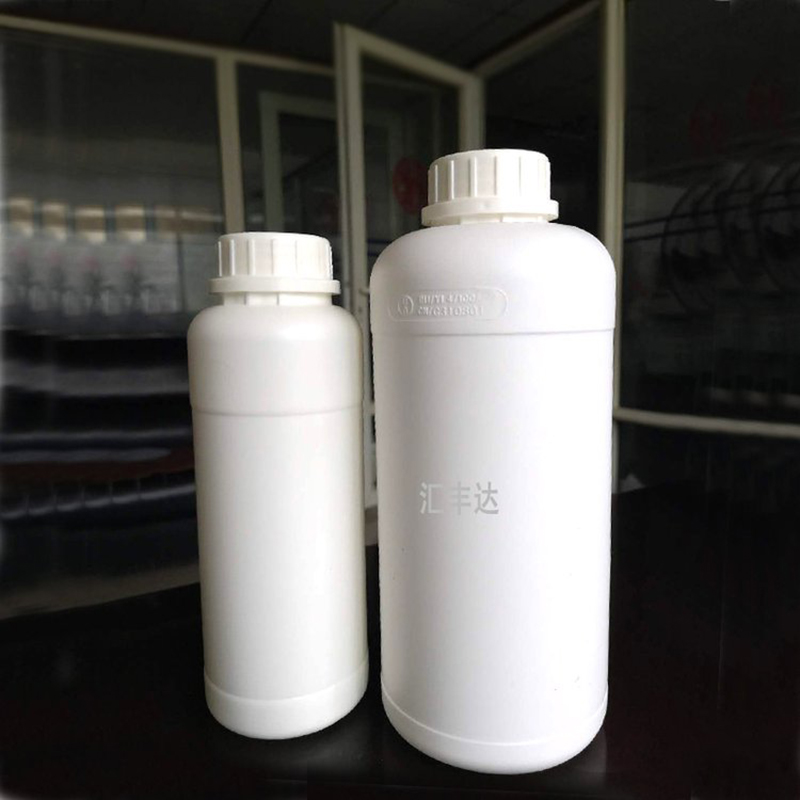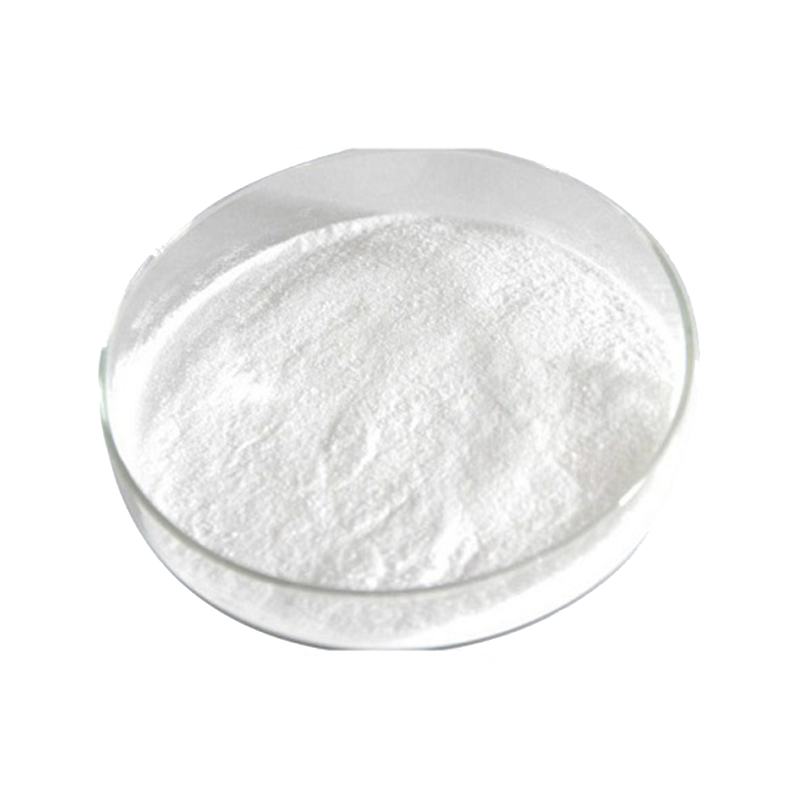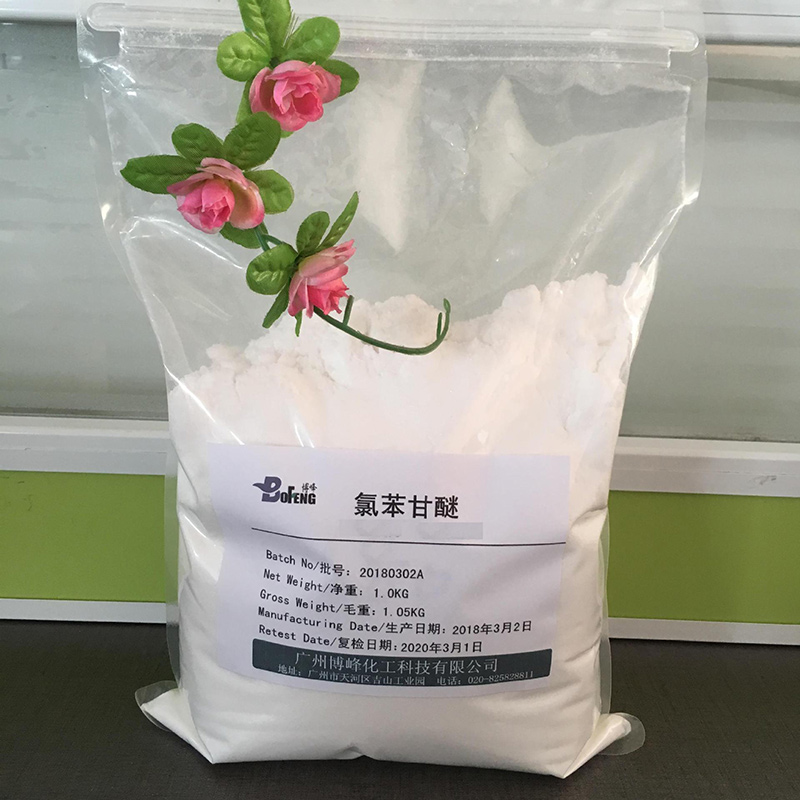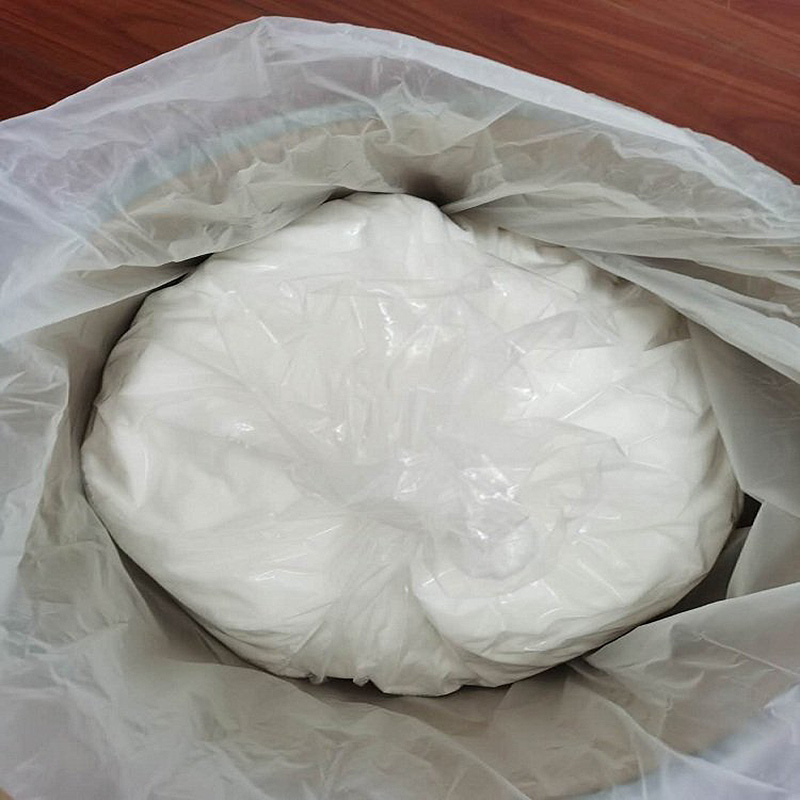
Products
1,2-Hexanediol(CAS:6920-22-5)
Uses
1. Application in ink
Adding 1,2-hexanediol to the ink can obtain a more uniform ink with excellent ozone resistance and gloss.
2. Application in cosmetics
1,2-Hexanediol is added to daily necessities and used as an antiseptic in contact with the human body. It has the functions of sterilization and moisturizing, and at the same time does not have a negative effect on human health. 1,2-Hexanediol is added to deodorant and antiperspirant. Deodorant/antiperspirant is better in deodorant/antiperspirant, and has better skin feel, transparency and mildness to the skin.
Cosmetics companies add 1,2-hexanediol to cosmetics, which are antiseptic and antiseptic and are less irritating to the skin, which improves the safety of skin care products.
3. Other applications
1,2-Hexanediol can be used in advanced coatings, advanced glues, adhesives, etc. It is also an organic synthesis intermediate, and can be used to manufacture downstream products such as 1,2-adipic acid and amino alcohol.
Physical properties
1. Properties: colorless, transparent, slightly sweet liquid;
2. Boiling point (ºC, 101.3kPa): 197;
3. Boiling point (ºC, 6.67kPa): 125;
4. Boiling point (ºC, 1.33kPa): 94;
5. Melting point (ºC, glassy): -50;
6. Relative density (g/mL): 0.925;
7. Relative vapor density (g/mL, air=1): 4.1;
8. Refractive index (n20D): 1.427;
9. Viscosity (mPa·s, 100ºC): 2.6;
10. Viscosity (mPa·s, 20ºC): 34.4;
11. Viscosity (mPa·s, -1.1ºC): 220;
12. Viscosity (mPa·s, -25.5ºC): 4400;
13. Flash point (ºC, opening): 93;
14. Heat of evaporation (KJ/mol): 81.2;
15. Specific heat capacity (KJ/(kg·K), 20ºC, constant pressure): 1.84;
16. Critical temperature (ºC): 400;
17. Critical pressure (MPa): 3.43;
18. Vapor pressure (kPa, 20ºC): 0.0027;
19. Coefficient of body expansion: 0.00078;
20. Solubility: miscible with water, lower alcohols, ethers, various aromatic hydrocarbons, aliphatic hydrocarbons, etc. Dissolve rosin, Damar resin, nitrocellulose, natural resin, etc.;
21. Relative density (20℃, 4℃): 0.925;
22. Relative density (25℃, 4℃): 0.919;
23. Normal temperature refractive index (n20): 1.4277;
24. Normal temperature refractive index (n25): 1.426.
First-aid measures
Skin contact: Take off contaminated clothing and rinse with running water.
Eye contact: Lift the eyelid and rinse with running water or normal saline. Seek medical attention.
Inhalation: Leave the scene to a place with fresh air. If breathing is difficult, give oxygen. Seek medical attention.
Ingestion: Drink enough warm water to induce vomiting. Seek medical attention.
Leakage emergency treatment
Emergency treatment: Quickly evacuate personnel from the contaminated area to a safe area, isolate them, and strictly restrict access. Cut off the fire source. It is recommended that emergency response personnel wear self-contained positive pressure breathing apparatus and wear protective clothing. Cut off the source of leakage as much as possible. Prevent entry into restricted spaces such as sewers and flood drains.
Small leakage: absorb with sand, vermiculite or other inert materials. It can also be washed with a lot of water, and the washing water is diluted and put into the waste water system.
A large number of leaks: construct a dike or dig a pit for storage. Use a pump to transfer to a tanker or a special collector for recycling or transport to a waste disposal site for disposal.









